The twentieth Century was marked as the age of the machine and a revolution in human history; for the first time human beings partnered with noisy, greasy and powerful machine technology.[1] Josephine Gomez was born October 16, 1921 in Baltimore, to a family that used a motorcycle as transportation. Her father, Luciano Gomez, was born in Spain in 1889 and had apprenticed in his home village to become a cabinetmaker. He saved his money and, like many of his young friends, felt the urge to buy a bicycle, and explore this novel means of transportation. While riding with friends a few days after his purchase, he was shocked to encounter his first motorcycle. Of course he wanted it, but with all his money spent, how could he possibly get his hands on one? America…surely if he went to America, he could afford a motorcycle. He joined the Merchant Marine and traveled the world. At port in Bayonne NJ, a friend with a motorcycle let Luciano take it for a ride. Just as he’d imagined. He jumped ship and settled among other Spanish immigrants living on Cherry Street on the Lower East Side of Manhattan.
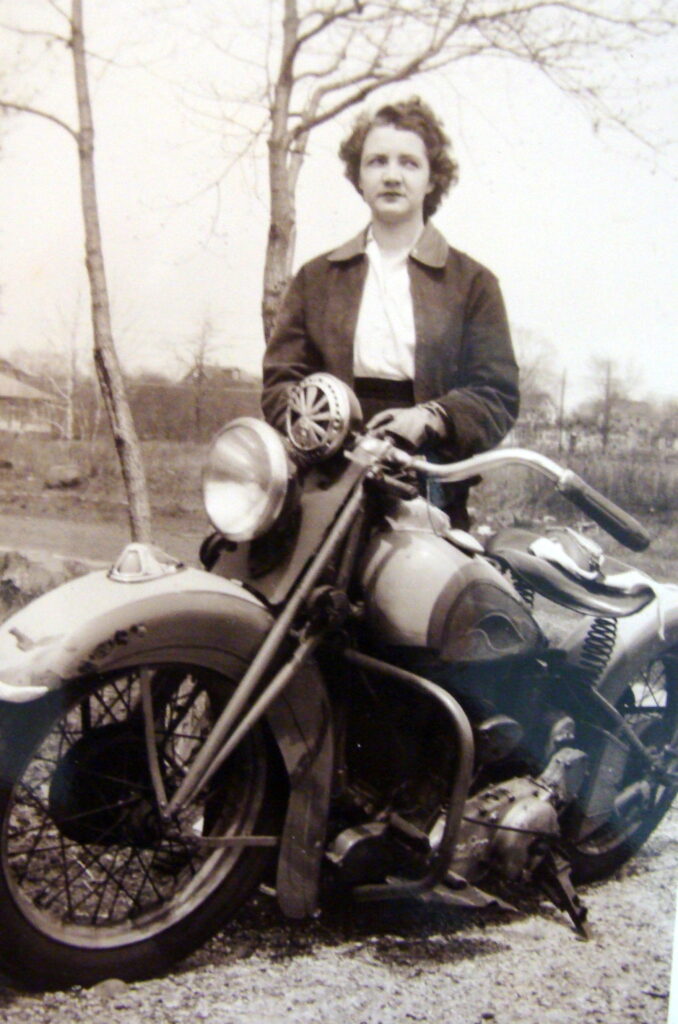
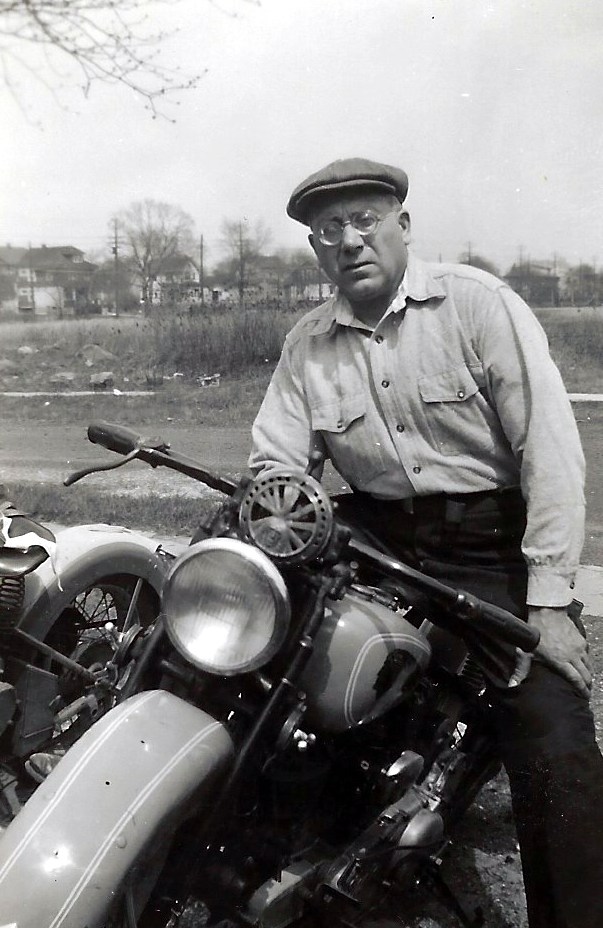
Suzanne Vandell Quinn, Josephine’s daughter, pipes up: “My grandfather was a carpenter and he had a carpentry business on Pearl Street in Manhattan, and he had an Indian with a sidecar. He would come to Staten Island on the ferry and work on building his house by hand. After the house was finished, my grandfather and grandmother moved to Staten Island[2]. Back then, there were very few people on Staten Island. There wasn’t any transportation. They used the motorcycle. They didn’t have a car ‘till many years later.”
Josephine: “My father had the whole family on the motorcycle. I used to ride with my brother in the specially-made sidecar, and my mother rode behind my father. You know, when I lived in the other end of the island, in our neighborhood, we were the only ones with a vehicle, and it was a motorcycle (laughter). Transportation has changed since I was younger. In this part of the island there was no bus… you walked to the train station. My father Luciano Gomez was from Spain. There were many Spanish people living downtown Manhattan around Cherry street. They all had motorcycles. During the summer we’d all go off on our motorcycles, crabbing or something. And on the way we’d stop and somebody would make a fire from twigs, and they would make a paella. In those days we didn’t have refrigeration; we used to cook rice with whatever we coudl find, and snails. Oh, I used to love them.

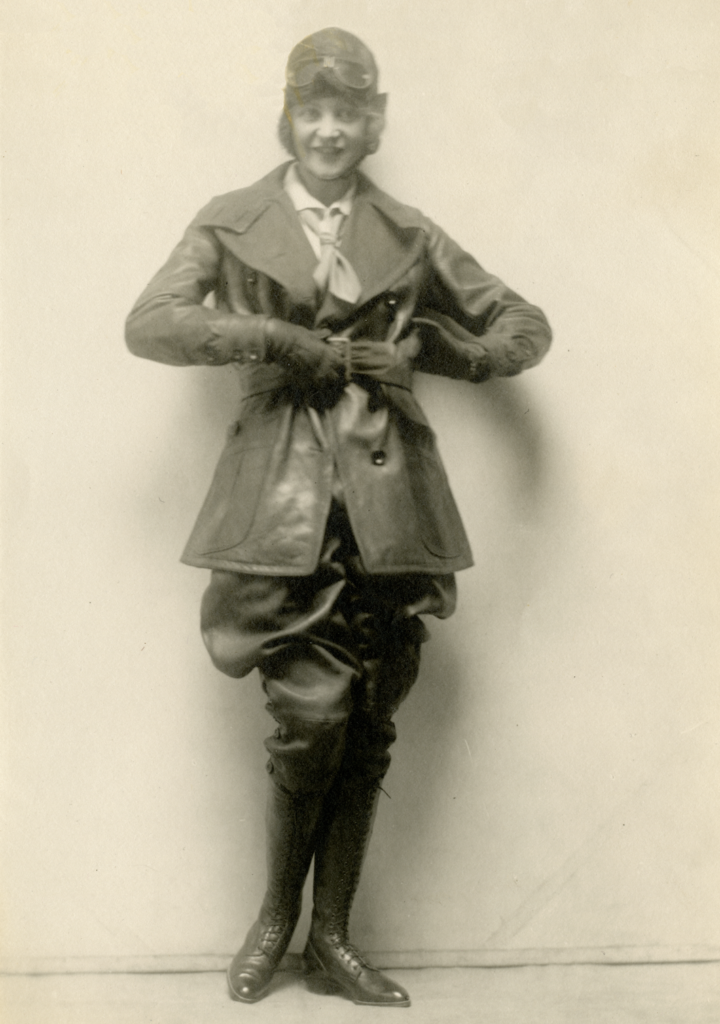
“There were no maps, no tour guides, nothing. Maybe we had a compass. There was the Lincoln Highway [dedicated Oct. 31, 1913. Ran from Times Square NYC to Lincoln Park in San Francisco]. And there was one road that went from Maine to Florida [The Florida Highway was first built in 1938]. Many parts of those roads were paved. It was a pleasure driving then.
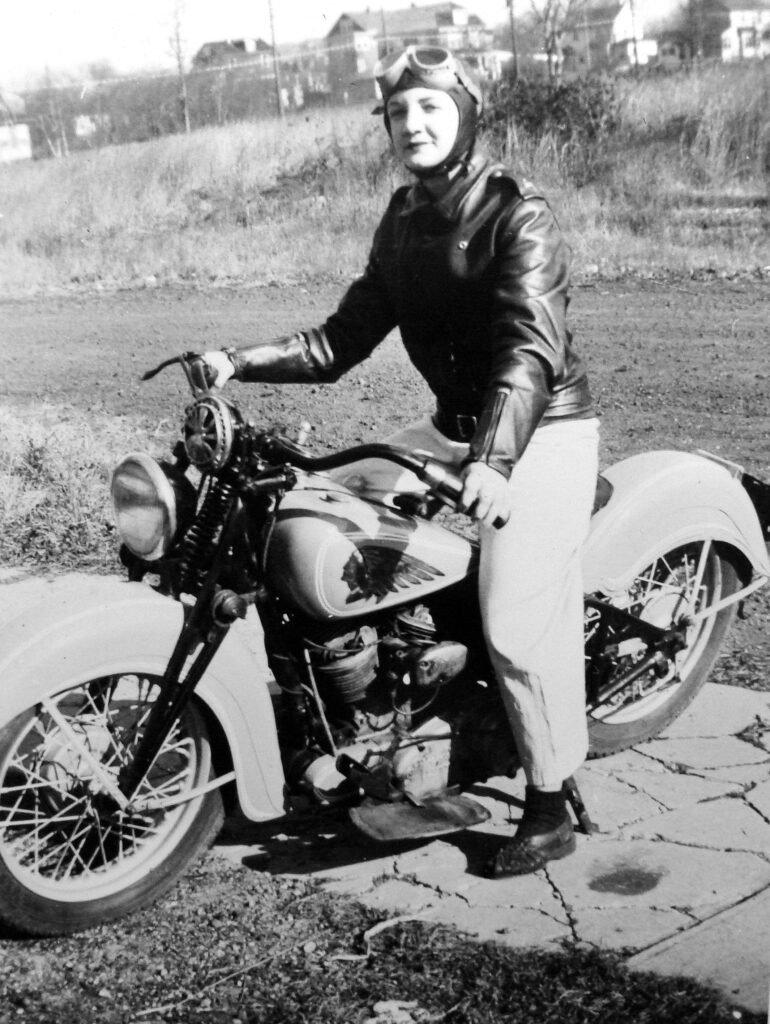
“I was nineteen, twenty-two, twenty-three when I got my first motorcycle. I bought an Indian Scout around 1939. I was the only woman with a motorcycle in my area. Then there were a couple women in the Richmond club [Richmond Motorcycle Club] who had motorcycles. There was a woman named Wanda and she had a motorcycle. This was not a question of being cool. There was no such thing as cool.
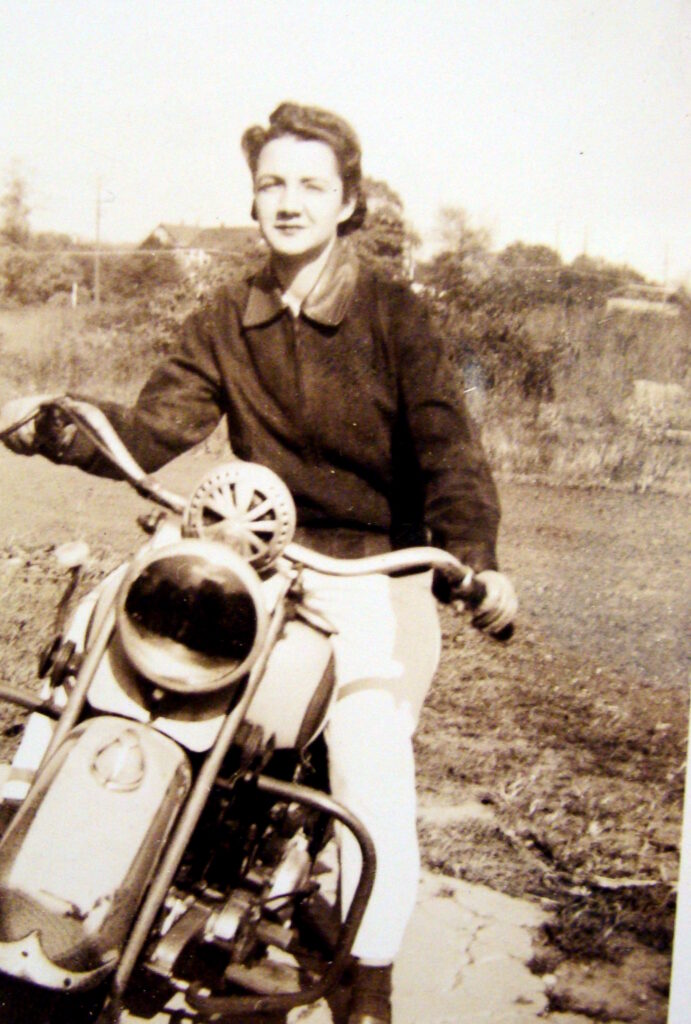
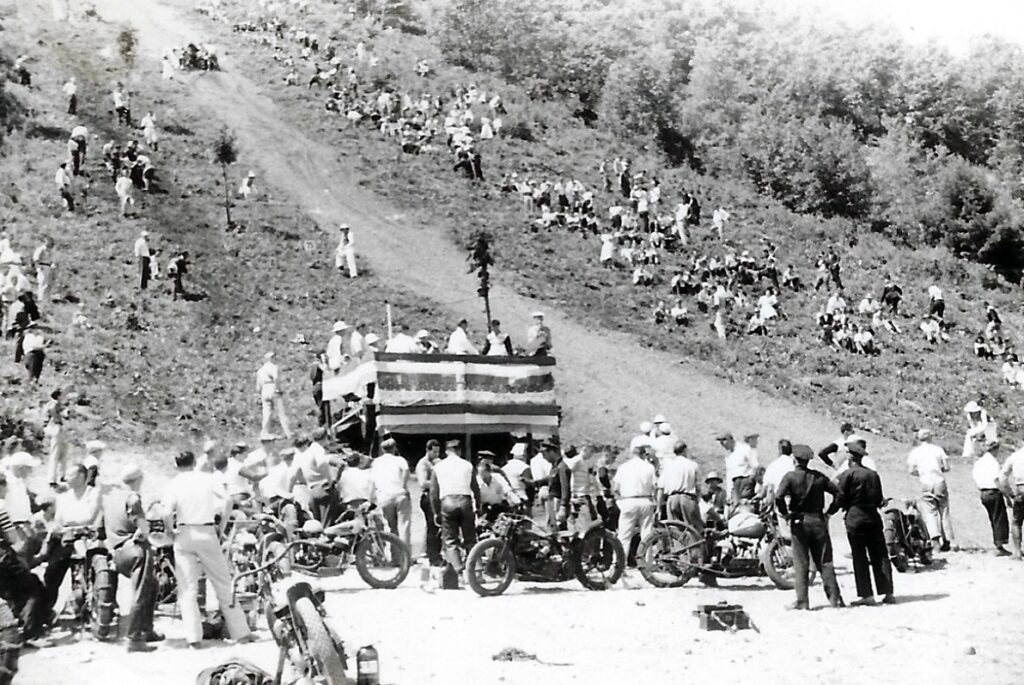
“I felt independent… You’d get that breeze… I was so used to that. It was great… That’s how I met my husband. He was in the men’s Richmond Club and I was in the auxiliary. We used to have nice parties. Lombardi had his shop in the back, they had a little shack and we had all our parties there. That’s where I met my husband. It was good clean fun. None of the girls were married but the men were gentlemen. We’d all foxtrot around the floor. It was like a family outing. Beach parties, BBQs.
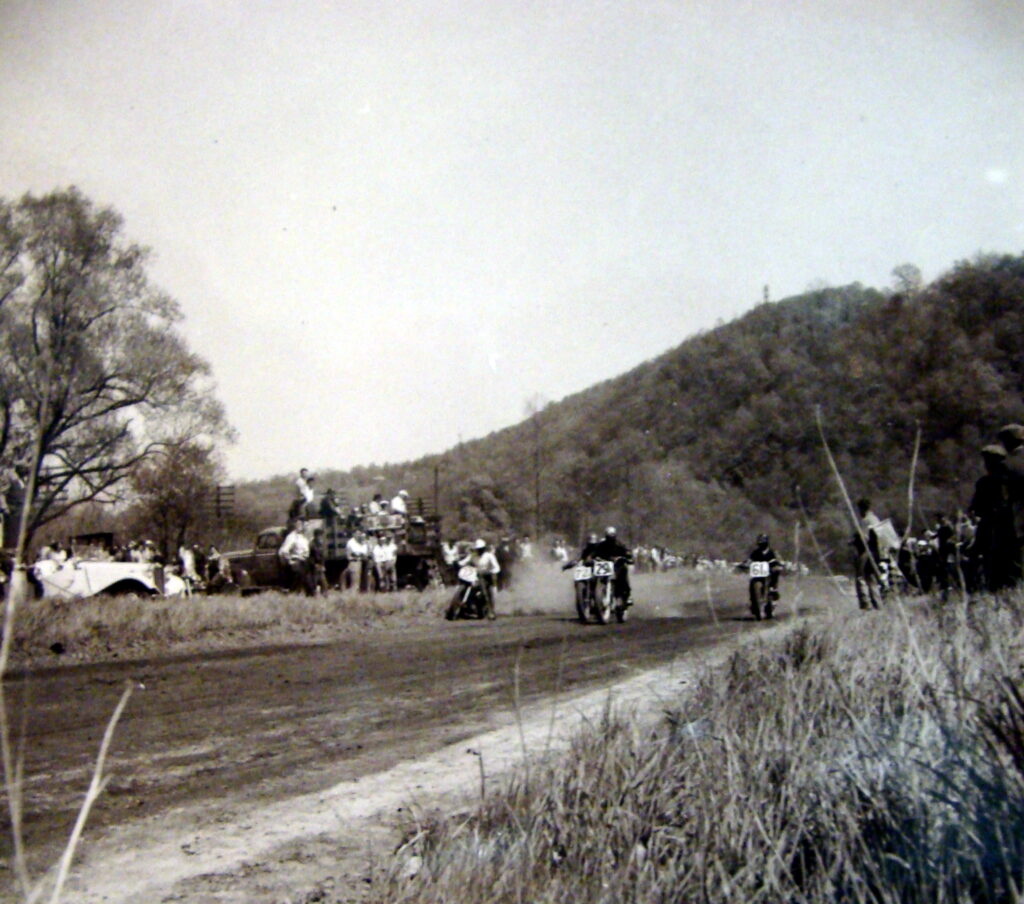

“It was motorcycles and our sense of transportation. Having fun…there was no issue of bad behavior…no. When I see that place in the Dakotas – Sturgis – when I see those girls on the back of the motorcycles, they are half-dressed, and they have those thongs on their feet, and short shorts, I say, Oh my God, if they ever fall down boy are they gonna be scraped. We all wore boots. Even in the summertime we wore leather jackets. We wore jodhpur horse riding pants.
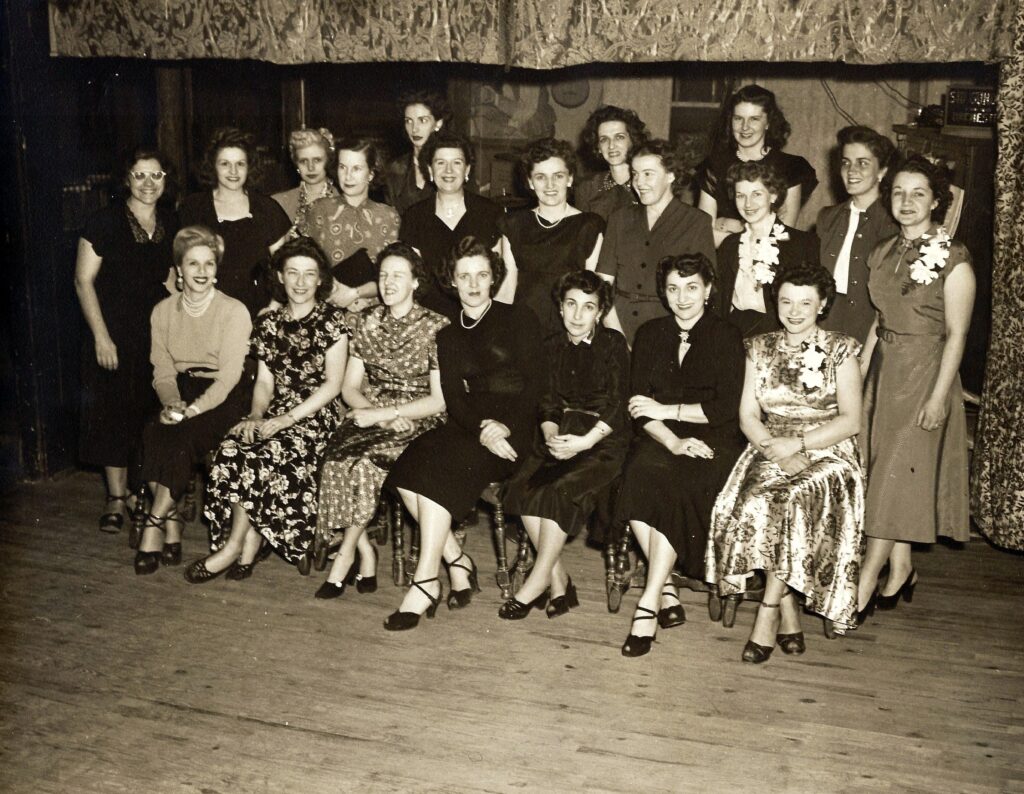
“We wore Buco leather jackets. We were into style. I paid attention to how I wanted to look. We wore certain clothes that we always wore when we rode. We wore blue cotton pants but they weren’t jeans. There was no such thing as dungarees. Not then. We wore heavy cotton pants.
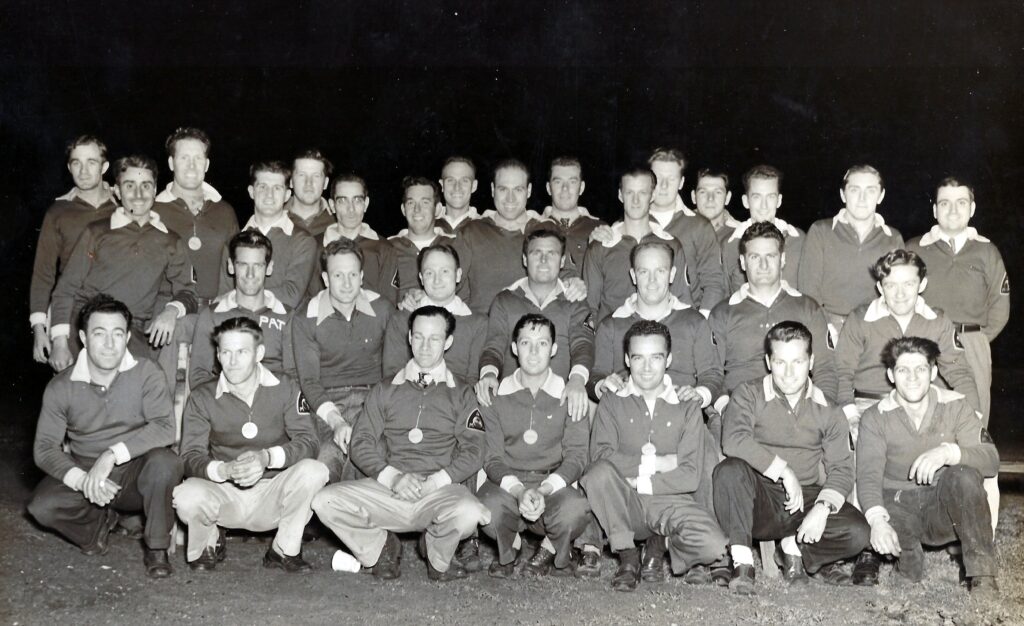
“This is what my family did. We rode motorcycles. Nobody ever said anything in the neighborhood. In the house I lived in, my father built that house. He’d come every night by motorcycle and dig the foundation by hand. There were no bulldozers… When I was young there wasn’t a lot of money. There wasn’t any transportation in this area. There was a bus we could take to school but it cost a nickel. We didn’t even have a nickel. So we walked. Two miles.
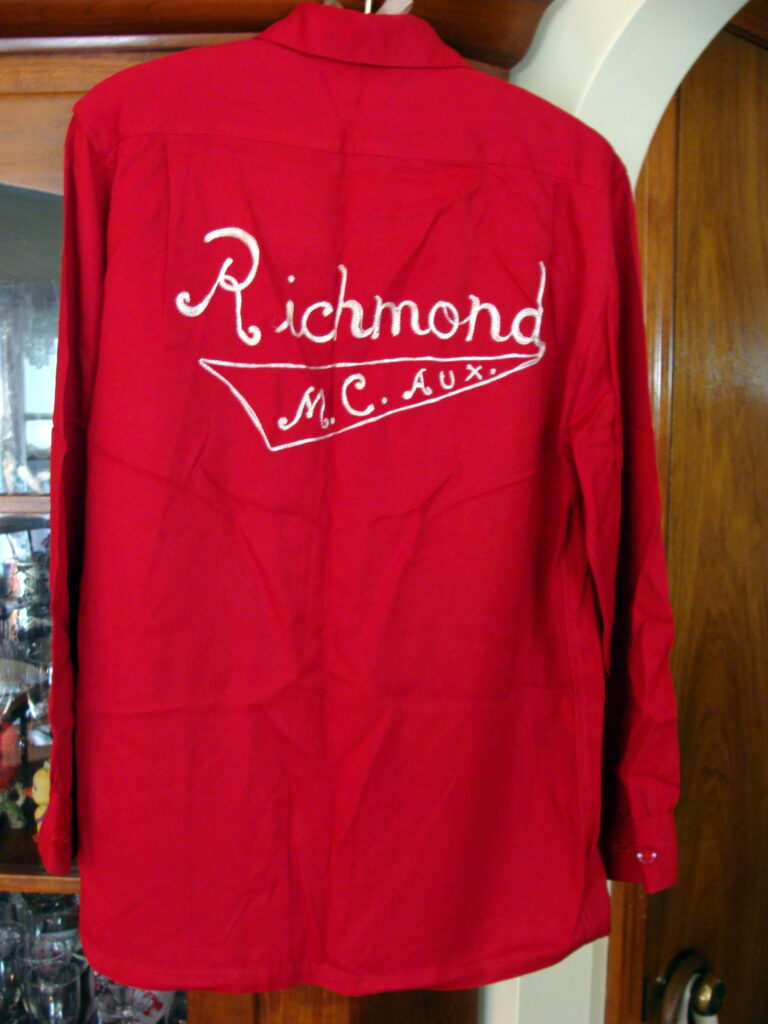
“When we used to go riding, we’d meet up with a dozen motorcyclists. Different kinds of people we wouldn’t usually see. They’d be from a club all going. There was a club from the Bronx and they were a good bunch. There were all different races of people riding in New York. This is how we met each other. As a kid I had a sense of confidence. The motorcycle helped me to have this as a woman. A lot of this confidence was passed to me by my mother. She had been an orphan since she was 13 years old. She had to figure everything out by herself. I learned this independence from my mother. It was a natural thing. I was prepared to take on the world. Whatever I needed to do, I went ahead and did it. I was the only young woman I knew who rode a motorcycle. This helped me be who I am.”

[1] One reason the 20th Century exploded in economic advancement is connected to the automobile. Economists will tell you that when a developing economy introduces the automobile, that economy will double in GDP in ten years.
[2] New York City has five boroughs- Manhattan, Brooklyn, Bronx, Queens, Staten Island. Early 20th Century, Staten Island was rural farmland (dairy farms that supplied milk to the city). Underpopulated. It has been referred to as the ‘Forgotten Borough’. Population during Josephine’s day, 1930, was 6,930. By 2020 the population was 495,747. The construction of the Verrazzano-Narrows Bridge (1959-1964), along with the other three major Staten Island bridges, created a new way for commuters and tourists to travel from New Jersey to Brooklyn, Manhattan, and areas farther east on Long Island.
[3] In 1900, around 130,000 horses worked in Manhattan–more than 10 times the number of taxicabs on the streets of New York City today. A typical city horse produced up to 45 pounds (20 kilograms) of manure and 2 gallons (7.5 liters) of urine a day. Many city horses died young, sometimes in the street. By the early twentieth century, the number of horses in the city began to diminish. Technology, in the form of motor vehicles—cars and trucks, gradually reduced the city’s reliance on horsepower. Between 1910 and 1920, the number of horses in the City declined from 128,000 to 56,000.
[4] The baby boom that began after soldiers returned from the war in 1945 was an important demographic shift that occurred during the 1950s; there were more than 70 million births between 1946 and 1964 in the United States. By 1960, an estimated 60 percent of the U.S. population was under age 30. This demographic shift towards youth changed the tone of American culture.
My thanks to Arthur Vandell Jr. (Josephine Vandell’s son), Tim Quinn, and Suzanne Vandell Quinn (Josephine’s daughter, married to Tim), for their generous help with this article, and for the use of treasured family photos. This interview was conducted on 7/25/2014.
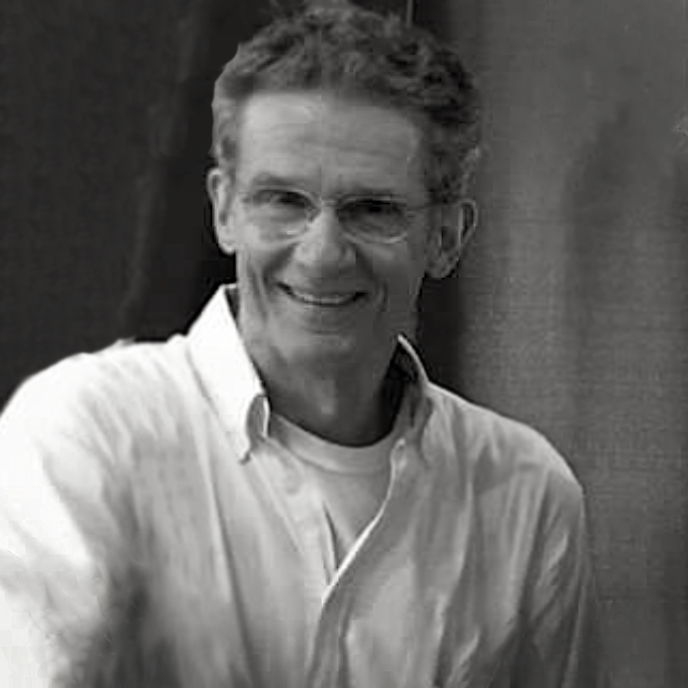
Related Posts
August 5, 2017
100 Years After the ‘Indian Summer’, Part 3: Charles Bayly Franklin
Charles Bayly Franklin was Ireland's…

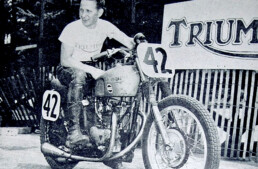
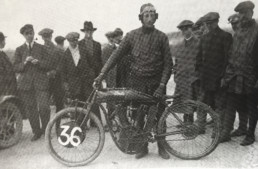
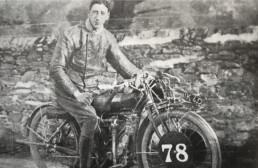
Well … this is a little late ( March was Women’s month ) but a helluva lot better late than never .
Yet another bit of women in motorcycling history too seldom told …. cause .. guys … they been doin this as long as we have .. with some of em doing things the majority of us will never do … regardless of any bad*** self delusions …
So give the lady rider the respect they’re due …. cause fellas … they’s due a helluva lot
And ahhh … ya aint half the bad*** ya thinks ya is !
😎
What a wonderful tribute to my mom. She was certainly an adventurous lady although didn’t see herself that way until her later years. Thank you.
Suzanne Vandell Quinn
Hi Suzanne. I’m so very sorry for your loss. Your mom was a fantastic person. I will never ever forget her and your dad. Two of the greatest people I have ever know in my life.
This has to be one of the better if not best historical accounts I yet heard about “that’s what we did”. It makes one question how far we have moved from an actual community and have the developments helped or hindered the culture as a whole. Beautiful subject Mr. McCabe
Tough questions sir … tough questions indeed . Tough questions which … at the very least demand deep thought and conversation ….. though being of a philosophical mindset my self ( got the t-shirt and sheepskin to prove it ) … I’d place serious odds no comprehensive answer would be forthcoming .
All I can say is … that in my personal opinion …. for everything step we ( and I mean WE as human beings on this little blue ball ) move forward …. we seem to always move at least three steps backwards .
Simply put … though we have the capability to do that which is right … we more often than not do not have the will
For a bit of reference … should one chose to delve deeper into the subject … I offer up ;
” Behave ” by Dr Robert Sapolsky
” The Technological Bluff ” by Jacques Ellul
” Inventing the Enemy ” by Umberto Ecco ( a philosopher long before he became a popular novelist )
Granted these are much more in depth than just gender issues …. but the simple reality is … one cannot approach such difficult questions without delving deep into the realties of human society
Etc …
Yo close on a positive note though … hats off for posting such thought provoking questions …
FYI … this .. is damn good … but one ( of many ) of the absolute best is ;
” Iron Horse Cowgirls ” by Linda McCay and Kate Vogle
Yeah … its a book ( shudder ) but in light of the questions presented I’m assuming you read … books that is
Also … if this and M/C culture interests you at all …. might I recommend the IJMS
[ International Journal of Motorcycle Studies ] website and resources
Yeah .. it leans toward the academic …. but its suitable for an educated general public as well
In addendum … might I ask …. exactly how are you defining ‘ culture ” ?
meant ‘ community ‘… not ‘ culture ‘ …. mea culpa …
What a wonderful tribute to my mom. She didn’t see herself as adventurous until later years. Thank you for telling her story.
A wonderful story of a woman merely responding to the circumstances of her birth and making no big deal of it. I have lived with just such a family development with my mother, my wife, and two daughters. Riding motorcycles is simply what they did and what they do. They have lived it as a sport which it just naturally is. My life has been richer because of this balance which I have chronicled in my life story “My First Ninety Years.”
So interesting to read this history and see the photos of the motorcycle world of that era on Staten Island. I have a few photos of my grandparents on a Harley taken in probably 1938 or 1939 in Staten Island. If memory serves correct, my father also mentioned my grandfather taking part in motorcycle hillclimb events on Staten Island as well. Thanks for this great read.